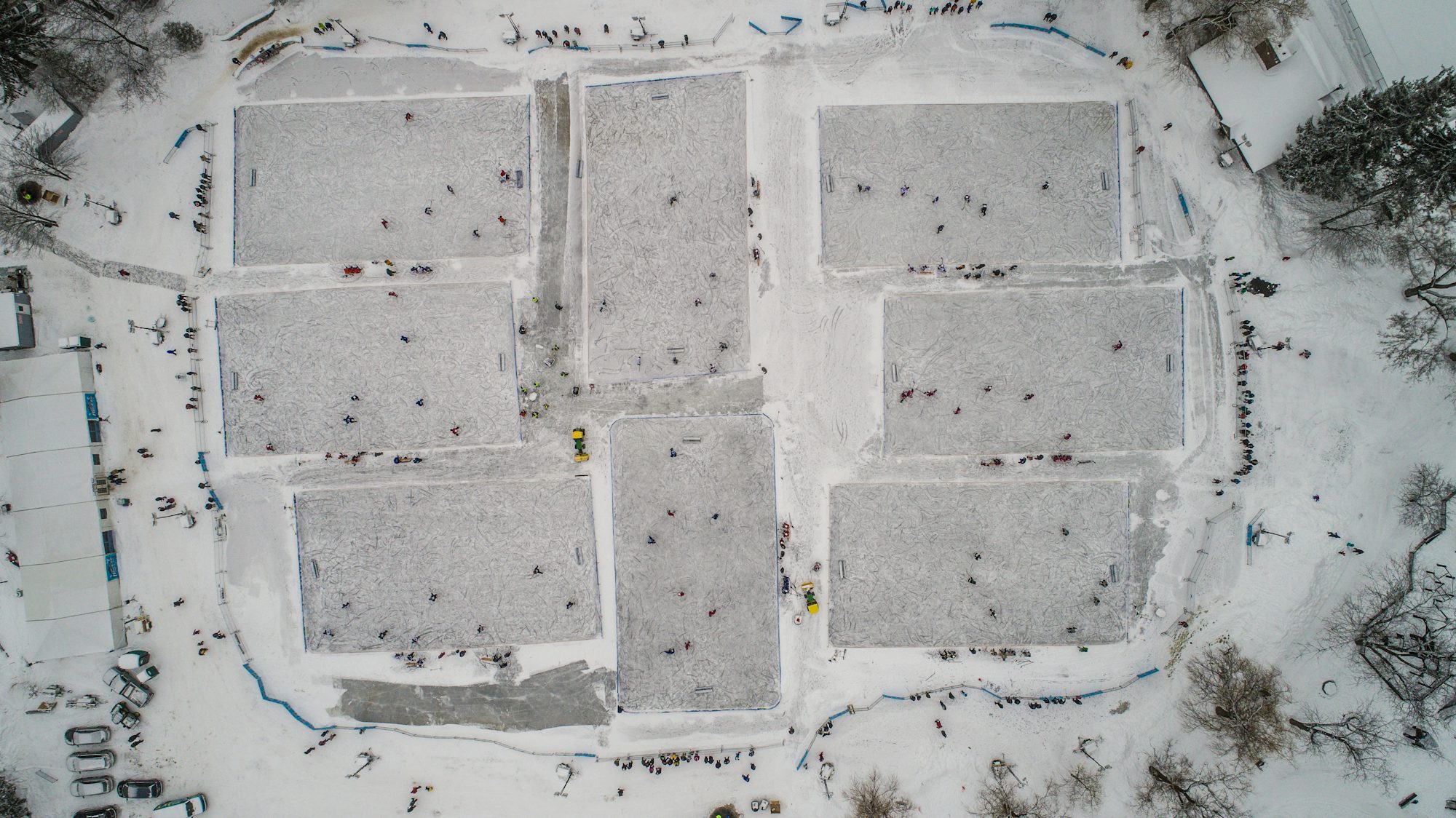The Skills and Techniques of Hockey: Mastering the Game
This article delves into the essential skills and techniques that define hockey, exploring how players can enhance their performance and contribute to their team's asfinag vignette success.
Essential Hockey Skills
Skating
For ice hockey players, skating is the foundational skill. Mastery of skating involves not only speed but also balance, agility, and control. A good skater can maneuver effectively around opponents, accelerate quickly, and change directions seamlessly.
Techniques to Improve Skating: Players should focus on proper skating form, which includes bending the knees, keeping a low center of gravity, and using short, powerful strides. Drills such as cone weaving, sprinting, and backward skating can enhance agility and speed.
Stickhandling
Stickhandling refers to the ability to control the puck or ball with the stick while in motion. This skill is vital for creating plays and evading defenders. asfinag vignette A proficient stickhandler can protect the puck, change its direction, and make accurate passes or shots.
Drills for Stickhandling: Players can improve their stickhandling by practicing with cones or pucks. Simple drills include moving the puck in various patterns and incorporating changes in speed and direction. Working on both forehand and backhand techniques helps create a versatile skill set.
Passing
Effective passing is crucial for maintaining possession and creating scoring opportunities. Players must be able to deliver precise passes to teammates while under pressure.
Types of Passes: There are several types of passes in hockey, including wrist passes, saucer passes, and slap passes. Each has its use depending on the situation on the ice or field. Practicing passing accuracy through target drills can greatly improve a player’s ability to connect with teammates.
Shooting
Shooting is where the magic happens in hockey. A powerful and accurate shot can make the difference in a game. Different shooting techniques, such as wrist shots, snap shots, and slap shots, all serve different purposes.
Shooting Drills: Players should regularly practice shooting from various angles and distances. Incorporating practice with a goalie can simulate game scenarios, helping players to refine their shooting accuracy under pressure.
Goaltending Techniques
For those playing as goalies, mastering the art of goaltending is essential. A goalie must possess quick reflexes, excellent positioning, and the ability to read the game.
Key Skills for Goalies: Goalies should focus on lateral movement, rebound control, and puck tracking. Drills that enhance reaction times, such as shooting drills with varying speeds and angles, are vital for goaltending success.
Tactical Strategies in Hockey
Understanding tactics and strategies is equally important as mastering individual skills. Effective teamwork and communication can elevate a team's performance significantly.
Offensive Strategies
In offense, players should understand the importance of spacing and movement. Common strategies include cycling the puck, setting up screens, and making quick line changes to keep the opposition guessing. Players need to practice coordinating their movements to create opportunities for shots on goal.
Defensive Strategies
Defensively, positioning and anticipation are key. Players must learn to read plays, anticipate passes, and maintain proper gaps between them and their opponents. Strategies like man-to-man coverage and zone defense are essential for minimizing scoring chances for the opposing team.
Importance of Conditioning
Physical conditioning plays a vital role in hockey performance. Players must maintain cardiovascular fitness, strength, and flexibility to endure the demands of the game.
Training Regimens
A well-rounded training program should include endurance training, strength workouts, and flexibility exercises. Off-ice training, such as running or cycling, helps build stamina, while weightlifting can enhance overall strength. Stretching and yoga can improve flexibility, crucial for agile movements on the ice or field.
The Role of Coaching
Effective coaching is instrumental in developing players' skills and understanding of the game. Coaches can provide valuable feedback, create tailored practice plans, and instill a strong work ethic in their players.
Mentorship and Guidance
Coaches act as mentors, guiding players through their development. They can help players identify their strengths and areas for improvement, ensuring a focus on skill enhancement and teamwork. Coaches also foster a positive environment, encouraging players to push their limits and enjoy the game.
The Importance of Practice
Ultimately, the key to mastering hockey skills lies in consistent practice. Repetition and dedication to improvement are essential for success in this sport.
Practice Routines
Players should establish regular practice routines that focus on different aspects of their game. Incorporating skills drills, scrimmages, and conditioning exercises ensures a comprehensive approach to training. Setting specific goals for each practice can help players measure their progress and stay motivated.
Conclusion
Mastering the skills and techniques of hockey requires dedication, practice, and a willingness to learn. By focusing on essential skills like skating, stickhandling, passing, shooting, and goaltending, players can elevate their performance on the ice or field. Understanding tactical strategies and maintaining physical conditioning further enhances a player's effectiveness. With the right guidance from coaches and a commitment to practice, aspiring hockey players can develop into skilled athletes capable of making a significant impact in the game.